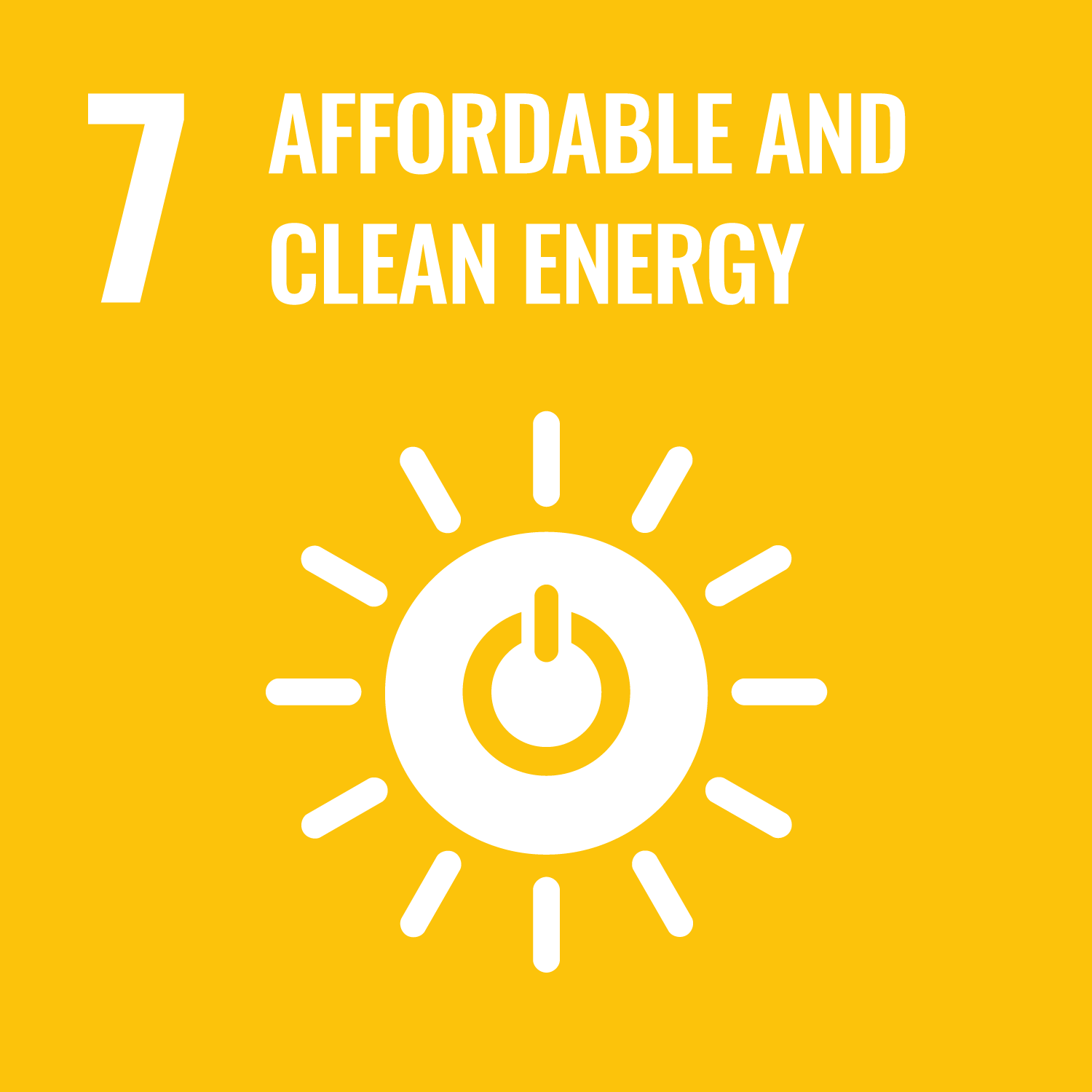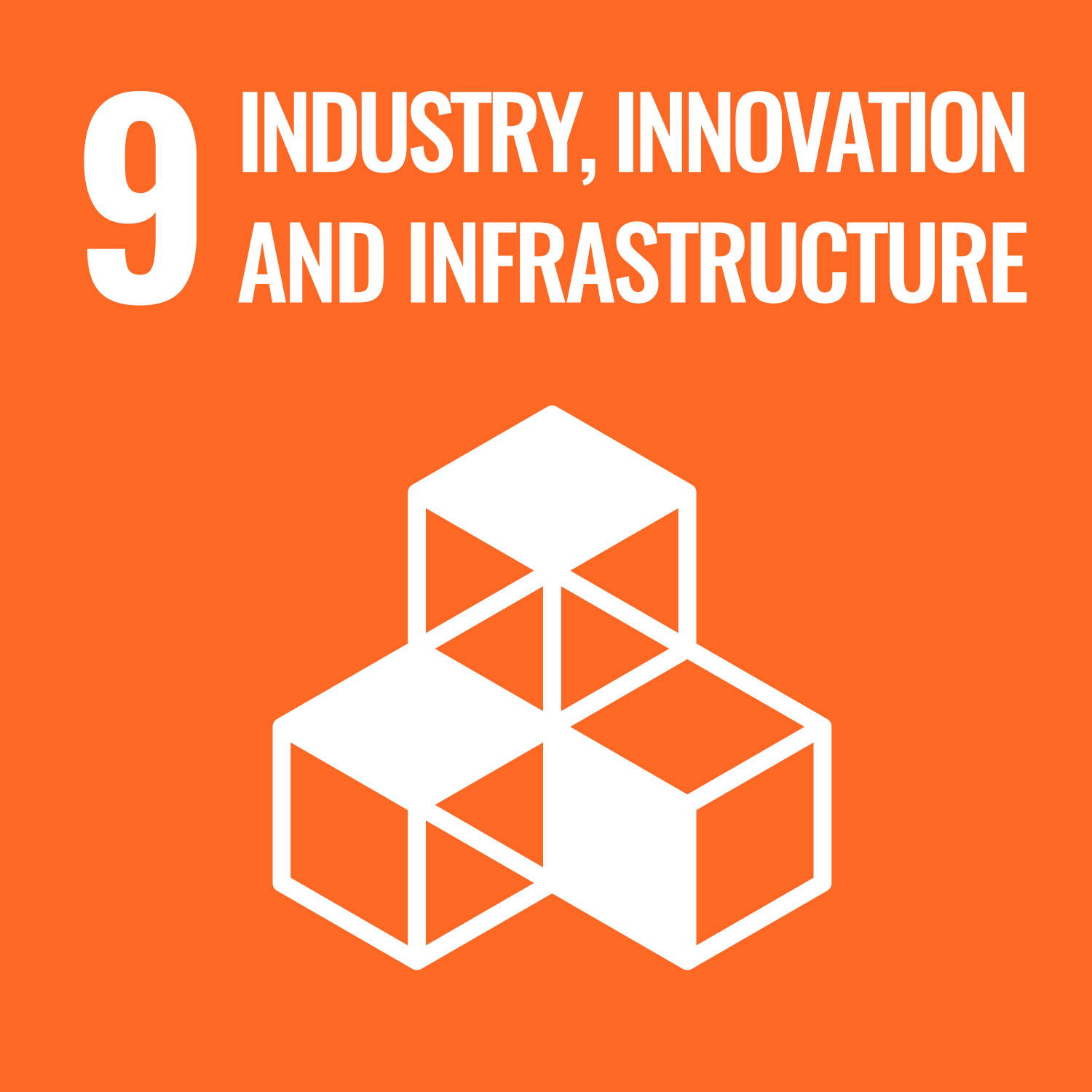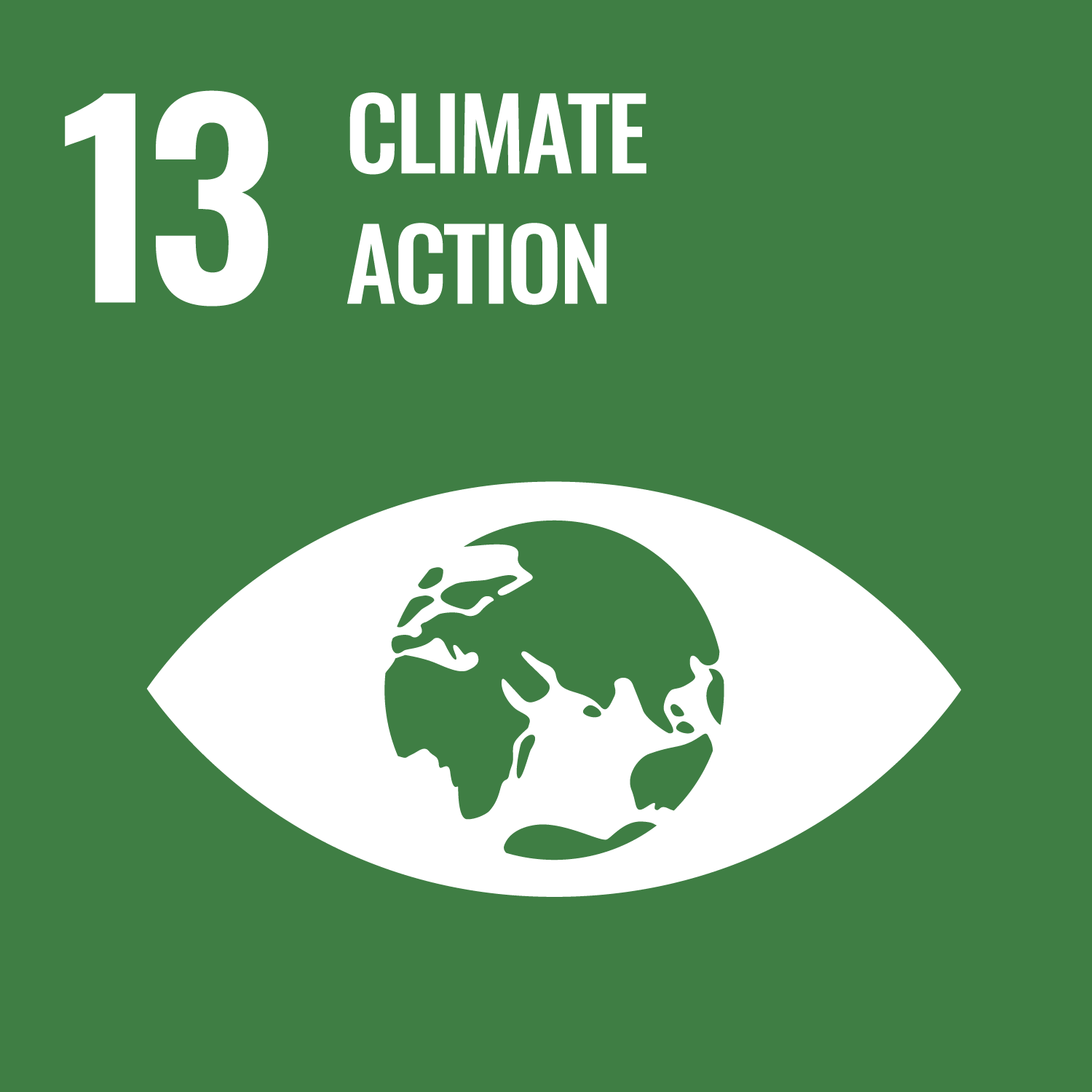LCS-FY2020-PP-12
Evaluation on Regional Consumption Structure and Direct and Indirect Carbon Dioxide Emission of Household Sector
Summary
In response to the Paris Agreement, the Government of Japan has submitted the Intended Nationally Determined Contributions (INDC) to reduce greenhouse gas emissions by 26% by FY2030 relative to FY2013, and has taken measures to achieve the goal. Moreover, in October 2020, Prime Minister Suga declared that Japan would aim for the realization of a decarbonized society by 2050 [1].
For the realization of a decarbonized society, it is necessary to focus not only on direct CO2 emissions by household sector energy consumption, such as electricity, gas, and gasoline, but also on indirect CO2 emissions in manufacturing stages for manufacturing consumer goods, such as foods and housing, other than energy. Meanwhile, structure of consumption varies depending on income, region, etc., and thorough efforts for reducing emissions are indispensable by taking into account change in regional socio-economics, such as population decline resulting from decreasing birthrate and aging population, change in household form, etc. In this proposal paper, we firstly estimate the amount of direct CO2 emissions by region due to household sector consumption of energy goods by reference to the National Survey of Family Income and Expenditure [2]. Secondly, by reference to the Input-Output Tables [3], we grasp the indirect CO2 emissions spreading from the production processes of the non-energy goods of household consumption. Furthermore, by extrapolating the results to 2030, we provide an analysis of future prediction of the amount of CO2 emissions in 2030 by taking into account population decline.
The results of the analysis show that the consumption expenditure increase rate, national total, from 2015 to 2030, may be 4.2% higher than the yearly income increase rate. It is revealed that, although the items of expenditure on “electricity” and “city gas” may be less affected by change in yearly income, population, or household form, the items of expenditure on “housing” and “education” may be greatly affected by difference in yearly income as well as in regional features. Moreover, it is estimated that the amount of direct emission of CO2 in 2030 may be about 10.2% less than that in 2015, but that the amount of CO2 emissions including indirect emission may be about 1.3% larger than that in 2015. In particular, concerning the amount of CO2 emissions including indirect emission, the emissions per household of “petroleum products” and “city gas” in main cities and their surroundings increase compared to 2015, whereas in the Tohoku district, the emissions per household of “petroleum” decreases by 12% to 30%, and that of “city gas” decreases by 5% to 21%, which clearly reveals differences in regional features. An analysis of two scenarios, namely, one based on 70% reduction of CO2 emissions from electricity generation, and the other on electrification of energy equipment, shows that the reduction rate of the CO2 emissions including indirect emission may be less than that of only direct emission. Based on the above analysis, for an effective reduction of emissions, it is necessary to take comprehensive policy measures by taking into account regional consumption features.



